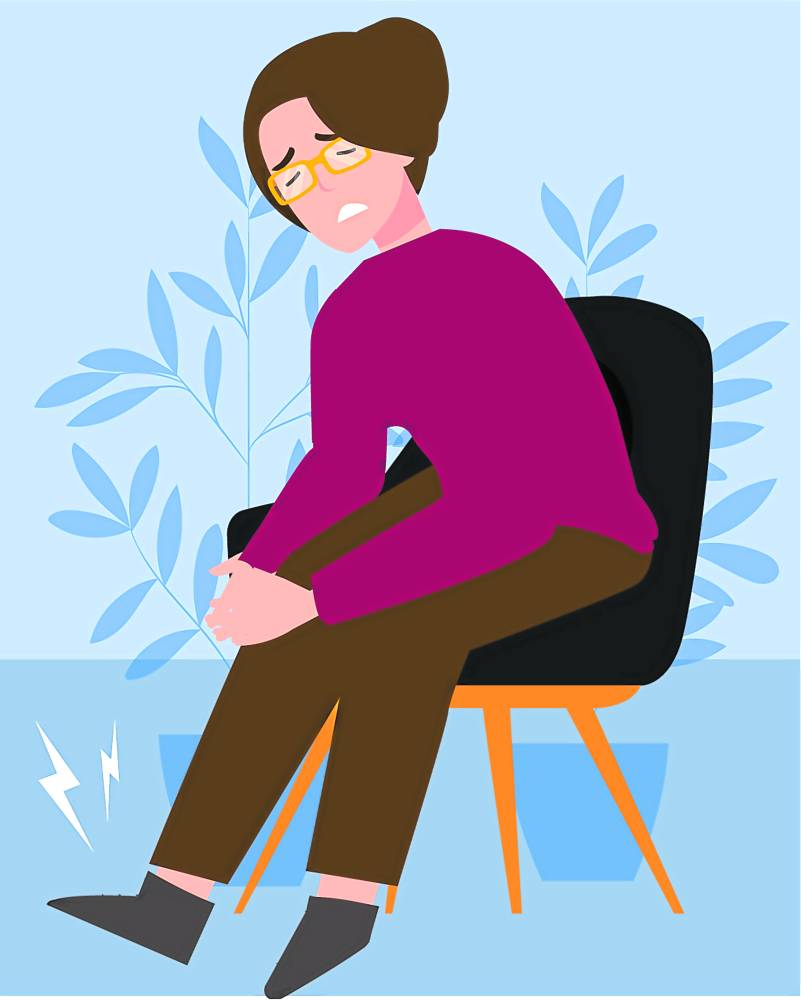
Lifestyle diseases like diabetes, heart disease and some cancers are avoidable, but other conditions sneak up on you when you least expect it. They’re so insidious and difficult to diagnose. Recognizing the warning signs of diseases and conditions can increase the chances of a reversal or slow their progression. The significance of early intervention cannot be stressed enough for the best outlook and quality of life.
I advocate for proactive education by contributing content in the health and wellness space. So when I was told, “You have Young-Onset Parkinson’s Disease (YOPD),” hearing it from my doctor still stunned me, even if my googling had led me to prepare for it.
Parkinson’s disease (PD) is a neurodegenerative condition characterized by slow movement, often with tremors. In a 2022 Brain & Life podcast, neurologist Dr. Allan Wu explained that PD is caused by a brain condition where dopamine-making cells don’t make enough and can affect one’s gait, posture and balance. While it is usually seen in elderly males, up to 10 percent of people who have PD get it before they’re 40 years old and the risk of PD rises after 60. No two people are alike in their condition and vary in their symptoms.
For the past few years, I went to my rehab doctor, Dr. Jan Lleva, for various injuries, which I attributed to my aging body not taking too kindly to the activities I was putting it through. This time, though, therapy wasn’t cutting it.
Symptoms
When walking or jogging, my right foot would drag, or I’d trip on my slipper. People would ask why I limped and I didn’t even notice, but I did have trouble catching up with my usually fast-walking family. Working with my hands was frustrating; stirring a pot or typing made me involuntarily clench my right leg or toes as if it would help me with control. Added to the mix was my cramped, super small handwriting (micrographia), which I chalked up to not having enough practice writing in longhand.
What got me back to Dr. Lleva was losing my balance. I do yoga twice daily and suddenly, I couldn’t stand on one foot. I wouldn’t even wobble; I’d fall. I’d passed the physical, reaction and strength tests he administered, but only after he made me walk did he notice my right arm wasn’t swinging. He referred me to a neurologist to have a brain scan.
Out of the seven neurologists I contacted at the hospital nearest me, only one was available for a consult within that month. Dr. Jennifer Justice Manzano took her time to ask me many questions. She made me do some movement tests, like tapping my feet and doing close-open motions with my hands overhead like a baby. She recorded me on video so I could see how delayed my movements on the right were versus my left.
After she revealed my fate, she had me take carbidopa/levodopa to stimulate the dopamine production in my brain. Dr. Manzano said that usually, upon diagnosis, half the dopaminergic neurons are already gone, so we needed to replenish it with the pills. My first ever maintenance medication; I would need to take them for life. But I was glad for them, as only three days into it, my balance was back to normal and my handwriting was looser.
Outing myself
There is no lab test, definitive blood work or scan to confirm this disease, but the next step was to find out whether I had PD or Parkinsonism, which could give PD symptoms caused by secondary reasons like a stroke. The difference is the latter is not progressive. To confirm, I needed a brain MRI (magnetic resonance imaging).
Undergoing a brain scan for the first time was disconcerting. I didn’t know I was claustrophobic until the tight cage clamped over my face and was pushed into the small metal tube. I panicked. A sip of water after my little freakout, I learned that it helped to close my eyes before being pushed back in. Visualizing calming imagery, praying and taking deep breaths got me through that ordeal.
My friend and radiologist Dr. Catherine Garcia confirmed my normal MRI, which ruled out Parkinsonism. So, since I responded well to the medication, I had PD.
In a 2021 article on Parkinson’s Life, Francisca Ruiz González wrote that the risk of getting PD is almost twice as high in men as in women, but that women experience faster disease progression and a higher mortality rate. She noted that women do not abandon the roles of wife and mother even when sick and are more likely to need paid caregivers. Meanwhile, men tend to have caregivers within the family: their wives.
Why did I risk to “out” myself with this condition? I may appear okay, but I exercise religiously to manage the motor symptoms and deal with non-motor PD symptoms. Parkinson’s Life estimates three million women worldwide live with PD, but our specific needs and experiences are often ignored, leading to disparities in diagnosis, treatment and medication. So I’ve decided to help González make the unknown visible.
“Only through unity, visibility, information and awareness in society will our needs be understood and met,” she said. “How can we give ourselves the care we need if we are not able to be honest about what is happening to our body? Expressing ourselves is part of treatment for this disease.”
Research on the effects of YOPD is inadequate. Many with YOPD may remain undiagnosed or have a considerable delay in diagnosis because PD is still regarded as a senior thing. But the sooner we know, the better we can deal. —CONTRIBUTED